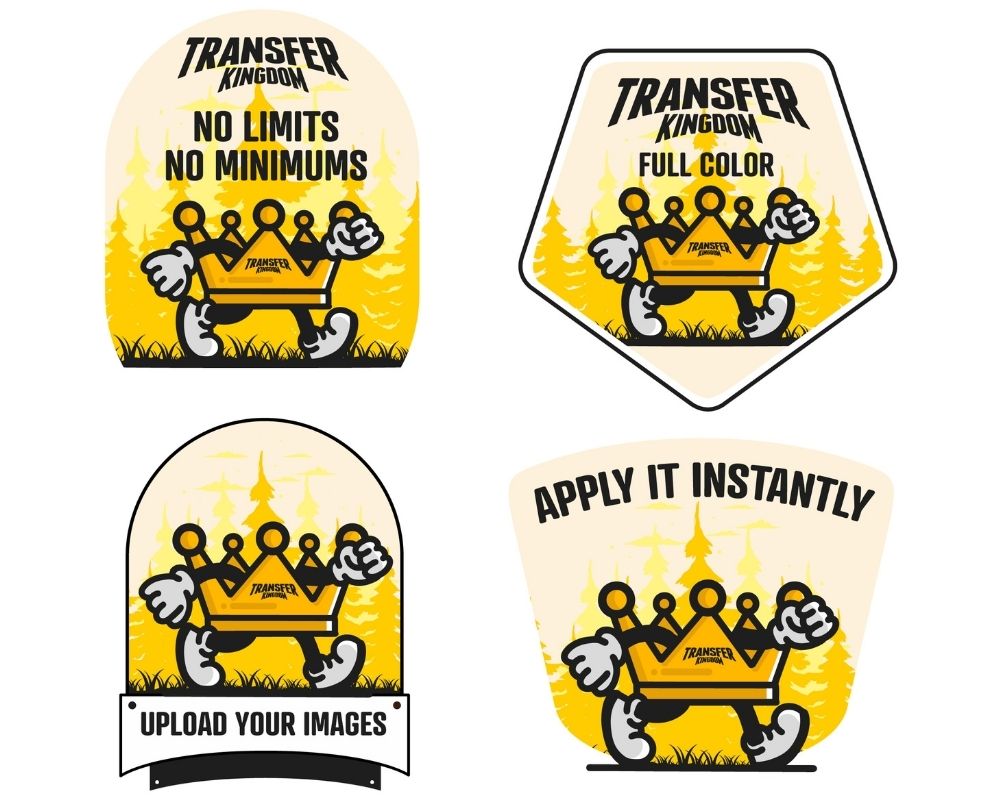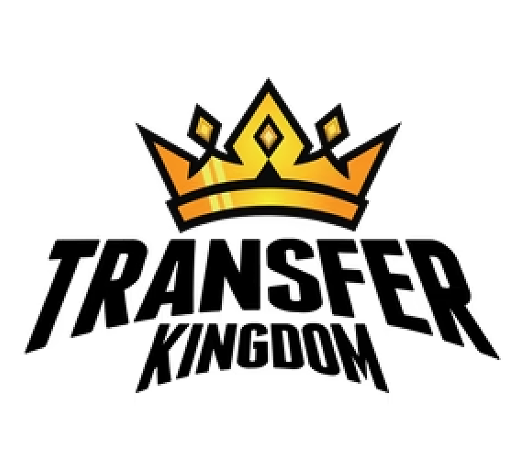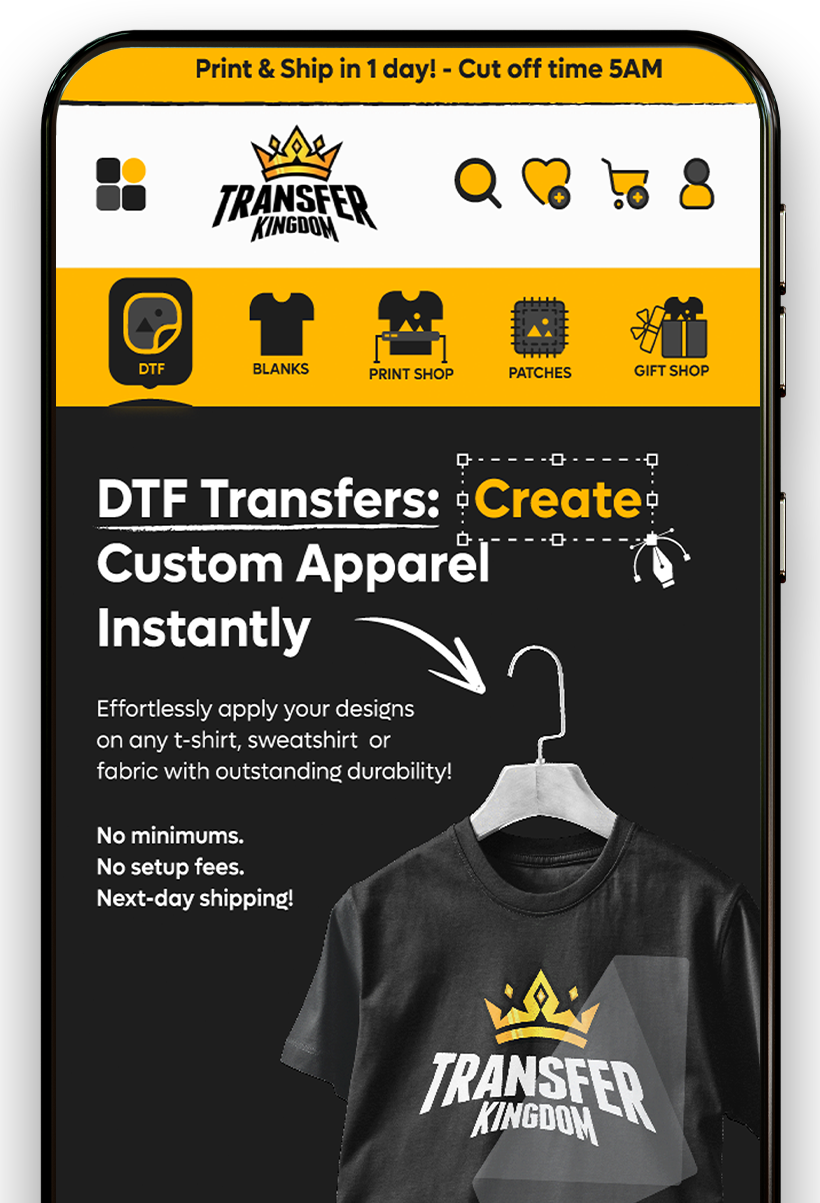Choosing the Right DTF Transfer: By Size or Gang Sheet

When it comes to Direct-to-Film (DTF) printing, one of the biggest decisions is whether to order transfers by size or in gang sheets. Each option has its advantages depending on your budget, order volume, and design needs. In this guide, we’ll explore the differences, benefits, and best use cases so you can choose the right DTF transfer method for your apparel projects.
Why Choosing the Right DTF Transfer Matters
DTF transfers are popular because of their flexibility, vibrant results, and affordability. But the way you order them—either by set size or gang sheet—can impact cost, efficiency, and even the types of designs you can print.
Getting this choice right means:
Saving money on larger orders
Reducing wasted transfer space
Printing more designs per sheet
Scaling your t-shirt business effectively
What Does “By Size” Mean in DTF Transfers?
When you buy DTF transfers by size, you pay per design dimension. For example, a 10x10 inch transfer is priced differently than a 12x16 inch transfer.
Advantages of Ordering By Size:
Predictable pricing (you know exactly what each design costs).
Best for single designs, logos, or simple orders.
Easier for beginners who don’t want to manage layouts.
Disadvantages:
Not cost-efficient for multiple small designs.
Wasted film space if your artwork doesn’t fill the dimensions.
👉 Example: A small business printing one logo for team uniforms would benefit from buying DTF transfers by size.
What Is a Gang Sheet in DTF Printing?
A gang sheet is a large sheet (such as 22x60 inches) where multiple designs are placed together. You maximize the sheet area by filling it with as many different graphics, logos, or artwork pieces as possible.
Advantages of Gang Sheets:
Cost savings when printing multiple designs.
Ability to mix designs (different sizes, logos, or art) on one sheet.
Less wasted material—every inch can be used.
Great for bulk production and small business merch drops.
Disadvantages:
Requires careful layout to avoid misalignment.
Slightly more complex for beginners to set up.
👉 Example: An apparel brand printing multiple t-shirt designs for a new collection would use gang sheets to maximize efficiency.

Comparing By Size vs Gang Sheet
Here’s a simple breakdown to help decide:
| Factor | By Size | Gang Sheet |
|---|---|---|
| Best For | Single designs, small orders | Multiple designs, bulk orders |
| Cost Efficiency | Lower for small runs | Higher for large runs |
| Setup Complexity | Simple | Requires layout planning |
| Space Utilization | Can waste unused space | Maximizes full sheet area |
| Flexibility | Limited to one design per size | Multiple designs per sheet |
💡 Suggested Visual: A side-by-side graphic showing a single logo on a by-size sheet vs multiple logos and designs fitted onto a gang sheet.
When to Choose By Size
Printing a one-time custom order (like a sports team logo).
Testing a new design with a single sample print.
Working on small personalized gift orders.
👉 For this option, check Custom DTF Transfers by Size — ideal for straightforward designs where precision and simplicity matter.
When to Choose Gang Sheets
Running an apparel business with multiple designs.
Printing different logos or graphics for one event.
Saving money by fitting many orders onto one sheet.
👉 To maximize efficiency, explore DTF Gang Sheet Transfers — perfect for bulk runs and creative projects.
How to Optimize Your Choice
Whether you go with by size or gang sheets, success depends on preparation:
Always design at 300 DPI resolution.
Export files in PNG with transparent background.
Plan gang sheet layouts carefully (leave safe margins).
For by-size transfers, fill the entire area with your design to avoid wasted space.
Common Mistakes Beginners Make
Ordering by size for multiple designs, wasting money.
Poor gang sheet layouts that overlap or cut designs.
Using low-resolution files that blur when enlarged.
Forgetting to remove white backgrounds from logos.
Avoiding these ensures your transfers come out sharp and professional.

Which Option Is Better for You?
It depends on your goals:
Hobbyists or one-time prints: By size is easier and predictable.
Growing apparel brands: Gang sheets save more money and time.
In many cases, combining both options makes sense. Start with by size to test designs, then switch to gang sheets once you scale production.
Conclusion
Choosing between DTF transfers by size or gang sheet depends on your needs. By size is simple, predictable, and beginner-friendly, while gang sheets offer efficiency, savings, and flexibility for bulk runs.
In 2025, apparel creators who understand these options can maximize profits and minimize waste. Whether you’re testing your first design or launching a clothing line, knowing how to choose the right DTF transfer gives you the freedom to create without limits.
What’s the difference between by size and gang sheets?
By size charges per design dimension, while gang sheets let you fit multiple designs on one sheet.
Which option is cheaper?
Gang sheets are usually cheaper for bulk orders.
Can I mix designs on a by-size transfer?
No, by-size transfers are for one design only.
What’s the most common gang sheet size?
22x60 inches is a standard size for many suppliers.
Do I need special software to create gang sheets?
No, free tools like Canva or Photopea can help with layout.
Are gang sheets harder to use?
They require more planning but save money long term.
Can beginners use gang sheets?
Yes, as long as layouts are prepared correctly.
What format should I upload?
PNG with a transparent background at 300 DPI.
Do both options work for dark shirts?
Yes, DTF transfers work on light and dark fabrics.
Which option is best for starting a business?
Gang sheets are best for scaling, while by size is better for testing.






